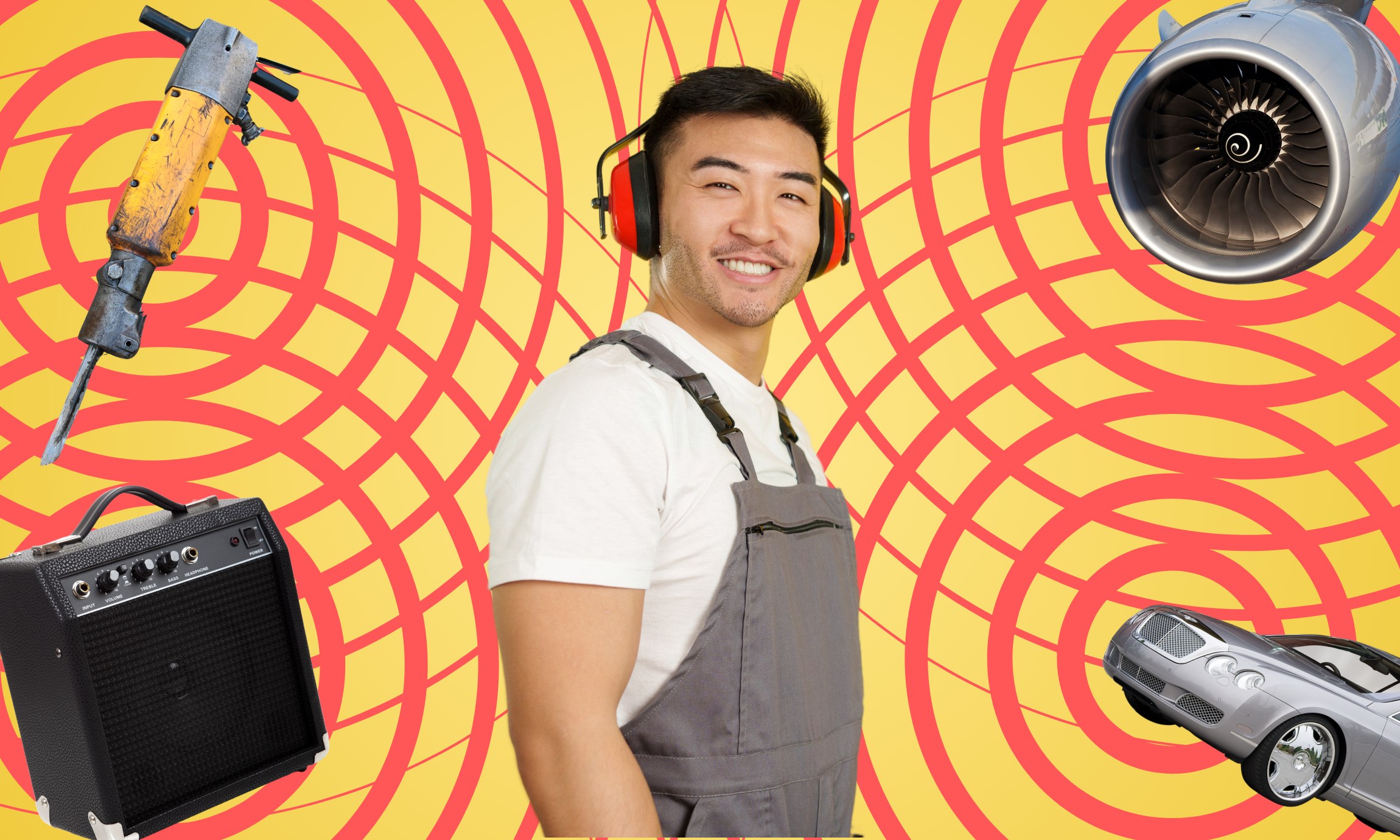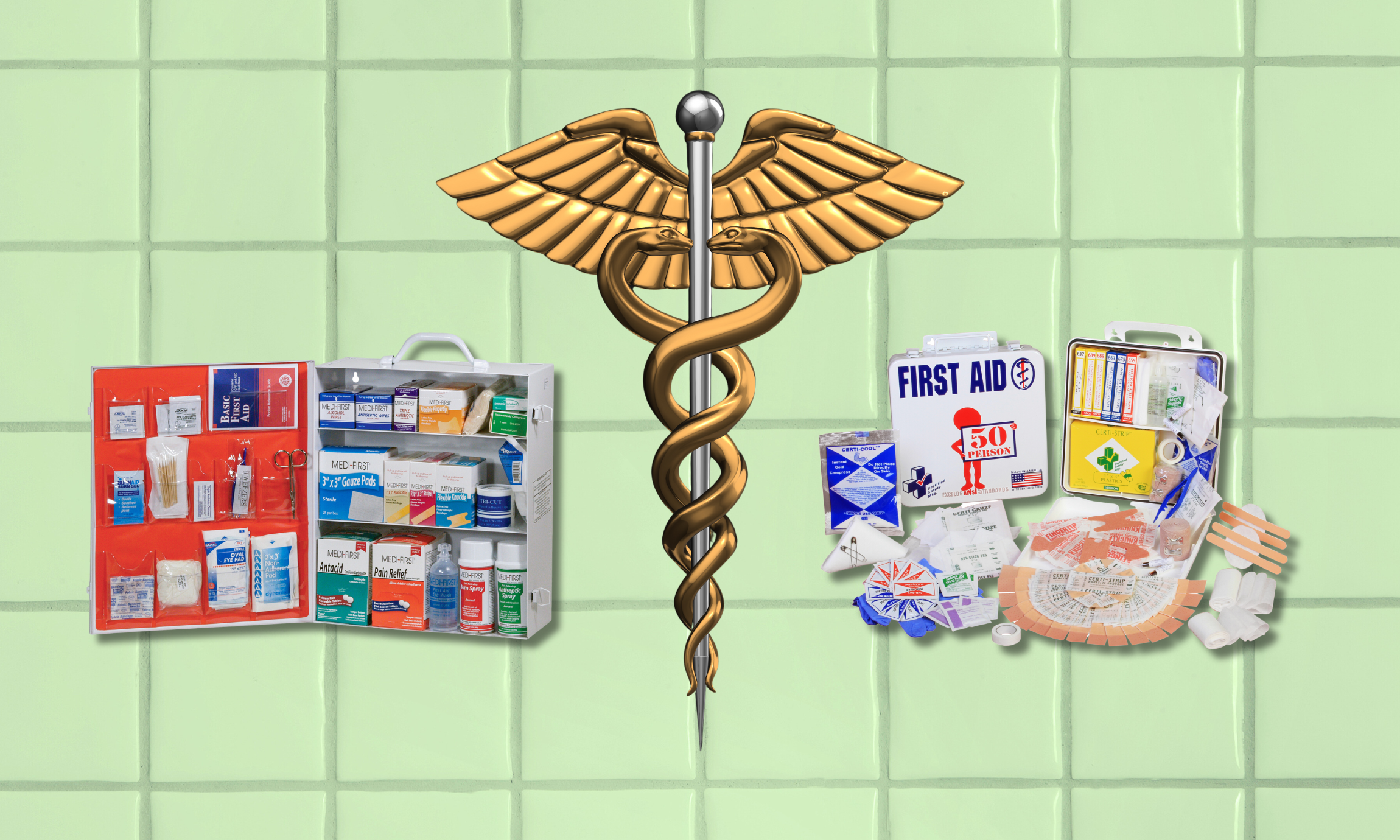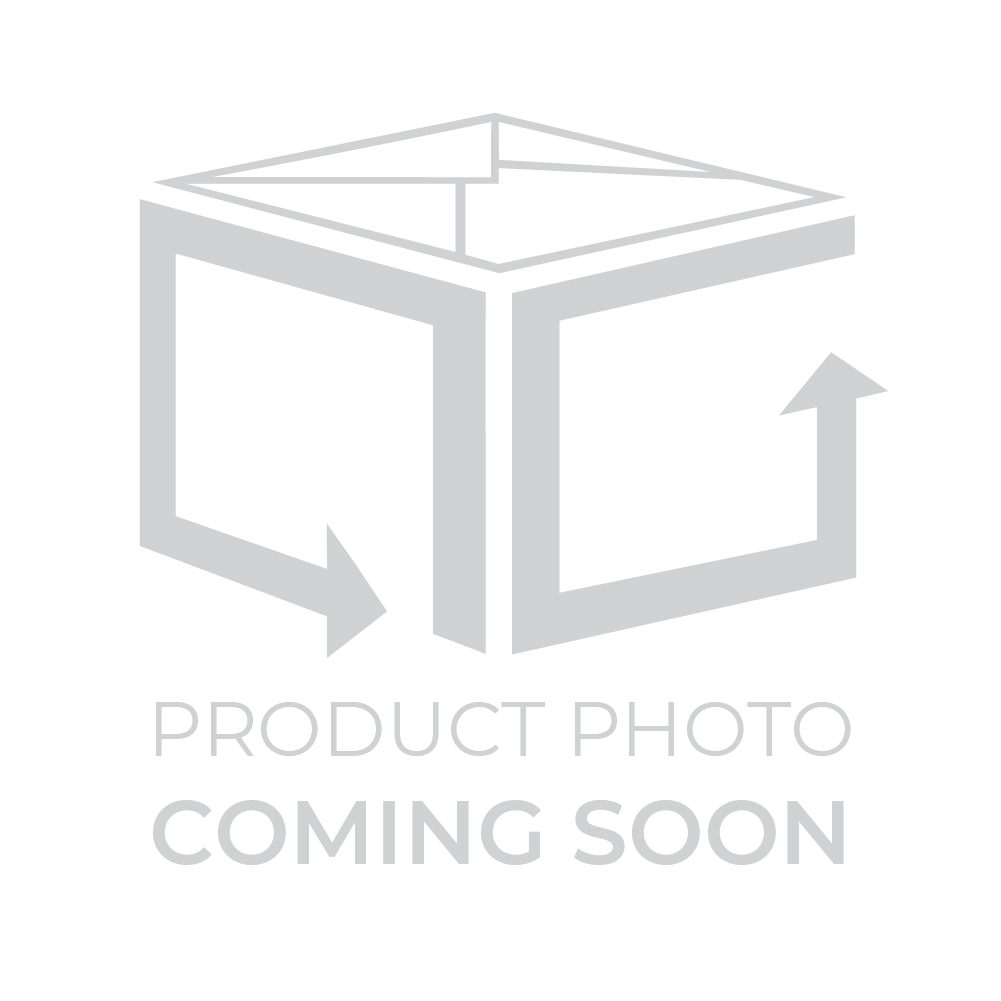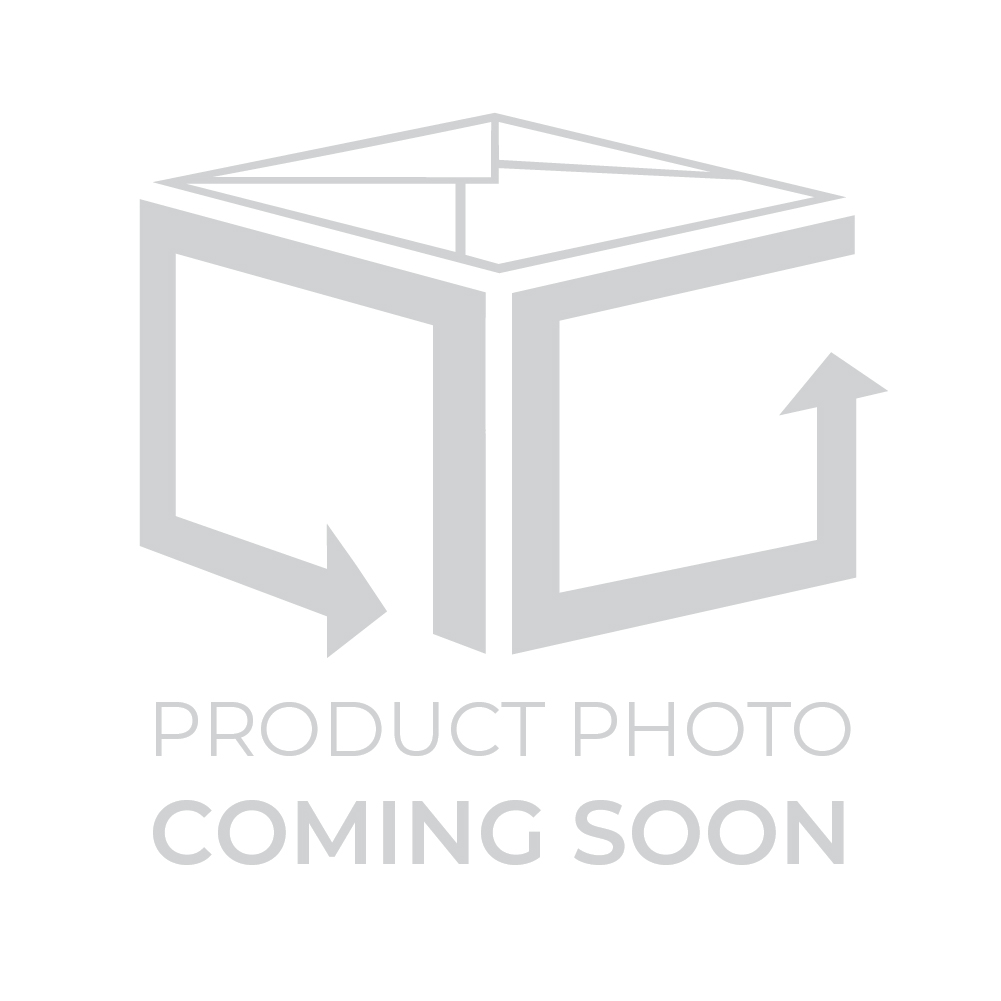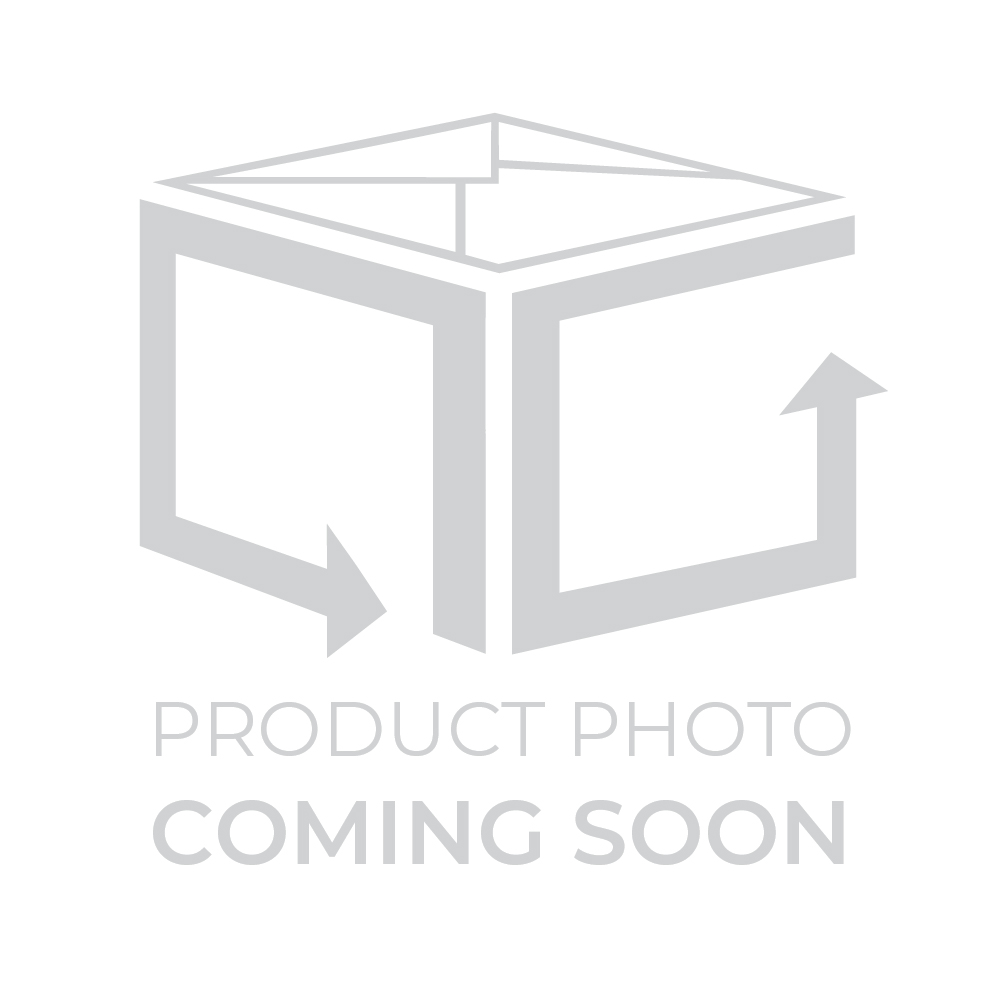Sound, sound, sound!!! There is sound everywhere and at times it becomes a noise which can prove to be dangerous to the human ear if it is exposed for long to noise that surpasses the normal hearing ability. Some noises can even lead to complete hearing loss or tinnitus. In work environments, it is not possible to reduce your noise exposure or to limit the time of the exposure. So, hearing protection is the only wise option. But there are so many styles, sizes, and materials available on the market and it becomes difficult to choose the right one.
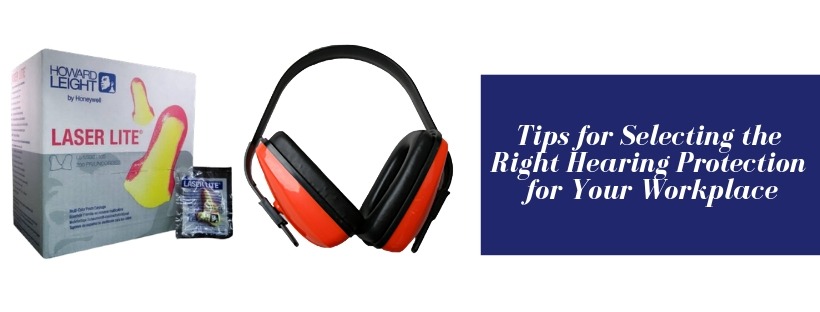
Here are a few tips to choose Hearing Protection that suffices your specific requirements.
Understand how much noise reduction is needed
The basic necessity of wearing a hearing aid is to protect your ears from being exposed to a noise that exceeds the safety level. An average noise exposure level is 85 decibels and most industrial noises create less than 95 decibels of noise. However, if your work environment produces louder noise, you require certain hearing equipment that makes just the right amount of sound audible to you. Also, you must ensure not to be overprotective with the hearing aids as then you may not be able to listen to your co-workers and the PPE would prove to be counter-productive. Aim for just the right amount of sound reduction i.e. up to 75 to 85 dBA.
You might notice Noise Reduction Rating on your hearing protector's packaging that indicates the amount of noise blocked during the testing process in a laboratory. You can carry out a fit-test at your workplace to check the workability of the hearing protector. You can check by counting out loud by cupping and un-cupping your hands over the ears. In both the cases, you must be able to hear the same level of sound.
In case your work environment produces a noise greater than 100dBA, you must wear double hearing protection - earmuffs over earplugs.
Consider your work requirements and job tasks
Analyze your workplace characteristics before selecting a hearing protection. For example, you may have to wear other PPE (personal protective equipment) such as hat, respirator or eye protection. The hearing aid you choose must not lose its fit when worn along with these safety accessories. Specifically, eye protection can interfere with the earmuff's seal around the ear that can allow sound leaks. Earmuffs can also lose its grip with the hard hats or helmets worn at construction sites.
If the noise at your workplace is intermittent, it is better to use ear muffs than ear plugs as the former are easy to remove/replace.
In case you work with chemicals or your hands often get dirty at work, avoid using foam earplugs. When your movable area is restricted to a small space, wearing ear muffs can be inconvenient.
Keep comfort and convenience as priorities
Once you have sorted out the types of hearing protections that suits your work environment, it is time to check for your comfort level. As it is you who would constantly wear the protective equipment, it must be extremely comfortable and convenient.
Most people prefer earplugs over earmuffs as they are lightweight, convenient to wear/carry and easy to store. However, it is important to select a definite size fit for the earplugs as it may vary individually. You get earplugs at reasonable prices; however, they require frequent replacements while some disposable earplugs can be used only once.
Hearing health is an important aspect at work environments and thus, hearing protections are a must-have in every industrial space where there is exposure to continuous sound or noise levels above 85 decibels. Visit https://www.packagingsuppliesbymail.com/safety-supplies/hearing-protection to browse a variety of hearing protections that would safeguard workers' health during work hours.
